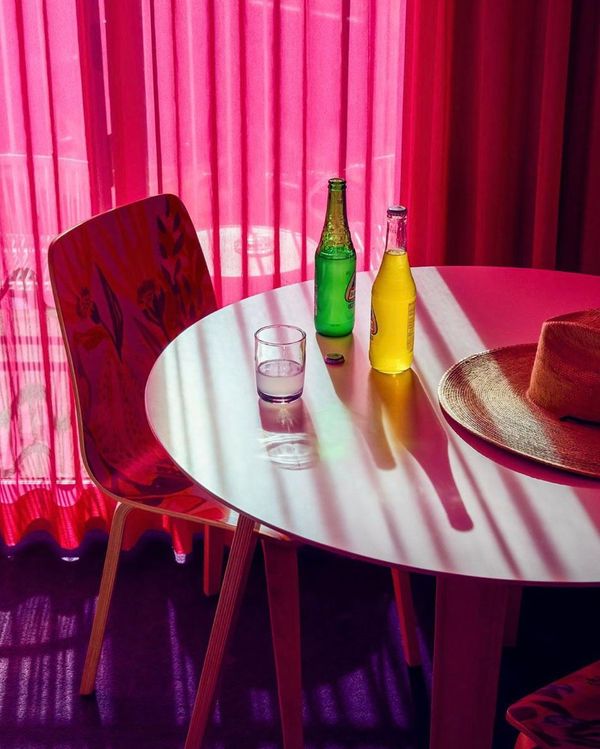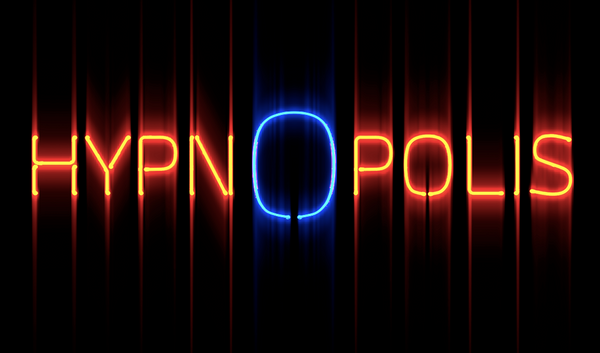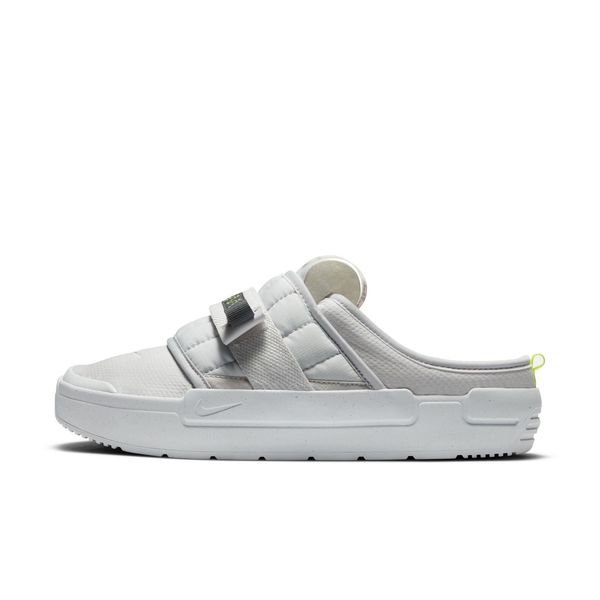Magyar Posta, Centrum Áruház, MÁV, Vasedény – only a few of the iconic institutions that defined the everydays of Hungarian people for long decades. The characteristic logos burnt into our eyes for eternity, but do we know who designed them and when? Thanks to the gap-filling Instagram profile Hungarian Logos, now we can find out all about them!
The man behind Hungarian Logos is web developer Dávid Hüse, who has been a fan of graphics since he was little, likes to draw in his free time and collects publications and books related to graphics. The account showcasing the emblematic or less known logos of the 20th century started out in January this year, and owing to our journalist friend Miklós Vincze we also noticed this much-needed site.
Why did you decide to present logos related to Hungary on your page? What was your goal with it?
Before the launch in January, I followed many Instagram accounts focusing on the logos of various countries. I got the idea of doing a similar selection with the logos of Hungarian graphic artists from here primarily – the final push was given by the Instagram account Soviet Logos. I checked whether there was a similar collection somewhere on the internet, but I didn’t find any, and so I started to collect and publish the logos. My main goal was to establish a Hungarian logo collection on the one hand, allowing the audience to gain an insight into a section of Hungarian visual art, on the other hand I wanted for the logos collected to reach as many people as possible and to make the collection I created accessible to everyone.
A bejegyzés megtekintése az Instagramon
Skála Department Store Designer: György Balázs Year: 1976 #skála #hungarianlogos #logo #design
Hungarian Logos (@hungarianlogos) által megosztott bejegyzés, Jan 1., 2020, időpont: 3:44 (PST időzóna szerint)
A bejegyzés megtekintése az Instagramon
Centrum Department Store Designer: Matkó Katalin Year: 1980 #hungarianlogos #centrum #logo #design
Hungarian Logos (@hungarianlogos) által megosztott bejegyzés, Jan 9., 2020, időpont: 2:05 (PST időzóna szerint)
The page displays the name of the given institution or organization, as well as the designer responsible for the logo and the year of design – i.e. basic information. Was it an explicit goal not to disclose any more information/description outside of this in the posts, and for Hungarian Logos to “only” function as a sort of index/directory?
Fundamentally I only share the most basic information under the images of the logos: I mainly relied on what I saw in the case of the other, foreign sites. My original goal was to complement the logos uploaded with longer descriptions, however, it turned out that in the case of several logos I could have only provided incomplete information or no information at all, and thus I opted for the briefer version.
A bejegyzés megtekintése az Instagramon
Hungarian Logos (@hungarianlogos) által megosztott bejegyzés, Jan 12., 2020, időpont: 3:56 (PST időzóna szerint)
A bejegyzés megtekintése az Instagramon
Hungarian Logos (@hungarianlogos) által megosztott bejegyzés, Jan 15., 2020, időpont: 6:43 (PST időzóna szerint)
A bejegyzés megtekintése az Instagramon
Hungarian Logos (@hungarianlogos) által megosztott bejegyzés, Ápr 14., 2020, időpont: 8:29 (PDT időzóna szerint)
I think your site fulfils an absolutely gap-filling role, as many times a phenomenon, institution, etc. determined our lives for decades, and the logo itself also burnt into our minds, however we know little to nothing about the person designing the given logo/visual identity. Skála, Centrum Áruház, Magyar Posta, Volán and Csepel Művek are only a few of the emblematic organizations – all these are displayed on the site, of course. There are also less known ones in your collections. What gives the basis of your selection, and to what extent to you dig deep into the background of a logo or designer?
My idea was primarily to collect and select the logos and emblems designed in the 20th century, and this is the principle I have been following ever since. In the case of collection, finding the graphics is the easiest part, as for the related information I usually have to do some research – I enjoy this part very much, too. On the one hand because sometimes it happens that I find additional logos while researching the given artist, and on the other hand because I get to learn many things in the meantime not only about the given logo, but about the institutions, events and corporations the logo was made for. I try to collect as many data about each logo as possible. My main source of information is the Arcanum Digital Database, but many times I also receive logos from the followers of the page, and I also come across Hungarian emblems on similar foreign sites. There are many logos that are less known or familiar and it is the first time I see them when I find them. But I think these are just as important and valuable as those we see every day. My goal with the collection is to preserve these less-known but valuable logos.
A bejegyzés megtekintése az Instagramon
Hungarian Logos (@hungarianlogos) által megosztott bejegyzés, Aug 20., 2020, időpont: 5:52 (PDT időzóna szerint)
A bejegyzés megtekintése az Instagramon
Hungarian Logos (@hungarianlogos) által megosztott bejegyzés, Ápr 30., 2020, időpont: 11:31 (PDT időzóna szerint)
Is there perhaps a style that you are quite fond of or a favorite logo?
As to style, I like the logos playing with a negative space the most. Out of the logos collected so far, but in general, too, what I like the most and perhaps can be considered as my favorite is the logo of AMFORA-ÜVÉRT, designed by István Szekeres. It oozes elegance, delicacy and minimalism at the same time.
A bejegyzés megtekintése az Instagramon
Hungarian Logos (@hungarianlogos) által megosztott bejegyzés, Márc 7., 2020, időpont: 3:44 (PST időzóna szerint)
What can we expect on Hungarian Logos in the future?
More logos! (laughs) I still have many up my sleeve, and I upload the new ones continuously, in every two days approximately. I have been planning to launch a website, too, from the very beginning, and if all goes well, this will take place this year. This website will serve as a sort of database, allowing those interested to search freely: users will be able to filter based on various categories, labels, and designers, and the majority of logos will be complemented by additional information. You will be able to view the logos of each designers grouped together, and the biographical data of artists will also be displayed.
In addition, I would also be very happy to publish the collection in the form of a book.
A bejegyzés megtekintése az Instagramon
Hungarian Logos (@hungarianlogos) által megosztott bejegyzés, Aug 16., 2020, időpont: 12:19 (PDT időzóna szerint)
A bejegyzés megtekintése az Instagramon
Hungarian Logos (@hungarianlogos) által megosztott bejegyzés, Márc 1., 2020, időpont: 2:49 (PST időzóna szerint)
A bejegyzés megtekintése az Instagramon
Hungarian Logos (@hungarianlogos) által megosztott bejegyzés, Ápr 12., 2020, időpont: 3:54 (PDT időzóna szerint)
Hungarian Logos | Instagram

Coffee with oat milk until nine in the morning

Nikon One x BMW | HYPNOPOLIS










